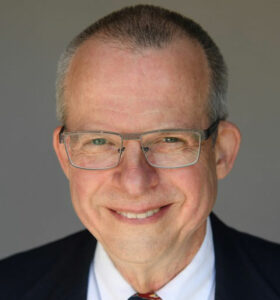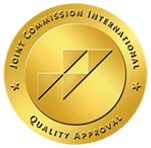In the past, ER doctors would notice patients with skin infections from unclean needles or refill existing opioid prescriptions without questioning if that patient had an addiction or whether giving more medication would do more harm for their health than good. According to the CDC Vital Signs report, ER visits from opioid overdoses were at 30% from the third quarter of 2016 to the third quarter of 2017. ER doctors understand their key role in preventing more opioid overdoses and are using their powers as doctors to educate and treat their patients because they are discharged.
The best practices that emergency room doctors can do is have triage nurses screen patients for substance abuse disorder through screening, brief intervention, and treatment referral. If those patients screen positive, the staff can connect patients with a nurse, case manager, social worker, or peer recovery coach for treatment and support. Providers can refer patients to treatment and help them with going to their first appointment. By providing patients with a naloxone kit, they will acquire information to prevent and reverse overdoses.
Emergency doctors have been taking a role in preventing the opioid crisis by improving opioid prescribing, overdose education, naloxone distribution, motivational interviewing, treatment strategies, and surveillance efforts. In Washington, there is a prescription monitoring program to help identify patients who are at risk for misuse or drug overdose. In Rhode Island, doctors have been partnering with state public health agencies and community organizations to distribute naloxone kits that include overdose prevention education, counseling resources, treatment referrals, and other tools after discharge.
The American College of Emergency Physicians has supported two bills in Congress to improve patient access to treatment. There is the “Alternatives to Opioids in the Emergency Department Act” to provide $30 million over three years to test alternative pain management protocols for reducing and curbing opioids. So far, this act has been successful in Colorado. “The Preventing Overdoses While in Emergency Rooms Act of 2018” provides grants to establish policies and procedures for administering medication-assisted treatment while developing the best practices of continuing care after discharge. This act can help those who cannot or do not have access to resources in their community. That initial dose of medication can increase their chances of completing treatment. Emergency room doctors are trying to ensure patients leave with an education on opioid abuse and preventive strategies to ensure a healthy, long life.
Located in Tacoma, Washington, Bayview Center’s mission is to offer clinically-driven programs and services to treat a number of substance abuse disorders along with anxiety and depression using cognitive behavioral therapy, dialectical behavioral therapy, trauma therapy, yoga therapy, and more for a successful recovery. For more information, please call us 888-570-7154 at as we are open 24 hours a day, 7 days a week.

 Dr. Dave Cundiff, MD, MPH (Medical Reviewer)
Dr. Dave Cundiff, MD, MPH (Medical Reviewer)






